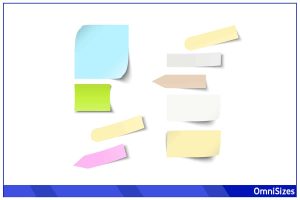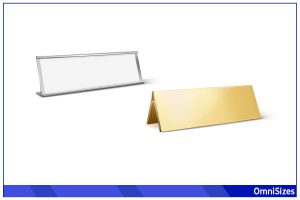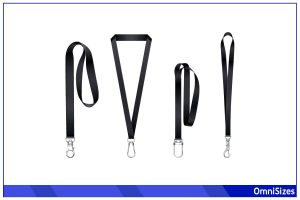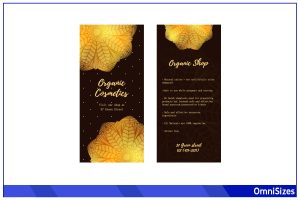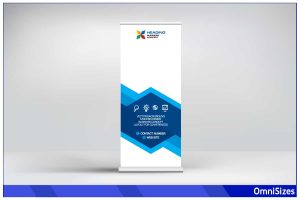Flashcard sizes have always been a point of consideration for students, teachers, and professionals alike. From aiding quick revisions before an exam to being a handy tool for presentations, the size of a flashcard can impact how information is presented and perceived.
Typical flashcard sizes range from the widely used 3 × 5 inches (7.6 cm × 12.7 cm) to the larger 4 × 6 inches (10.2 cm × 15.2 cm) and 5 × 8 inches (12.7 cm × 20.3 cm) dimensions. These variants cater to different needs and preferences.
This guide will take you through the world of flashcard dimensions, as well as provide a few pointers on how you can come up with your own flashcards for any purpose.
Traditional Flashcard Sizes
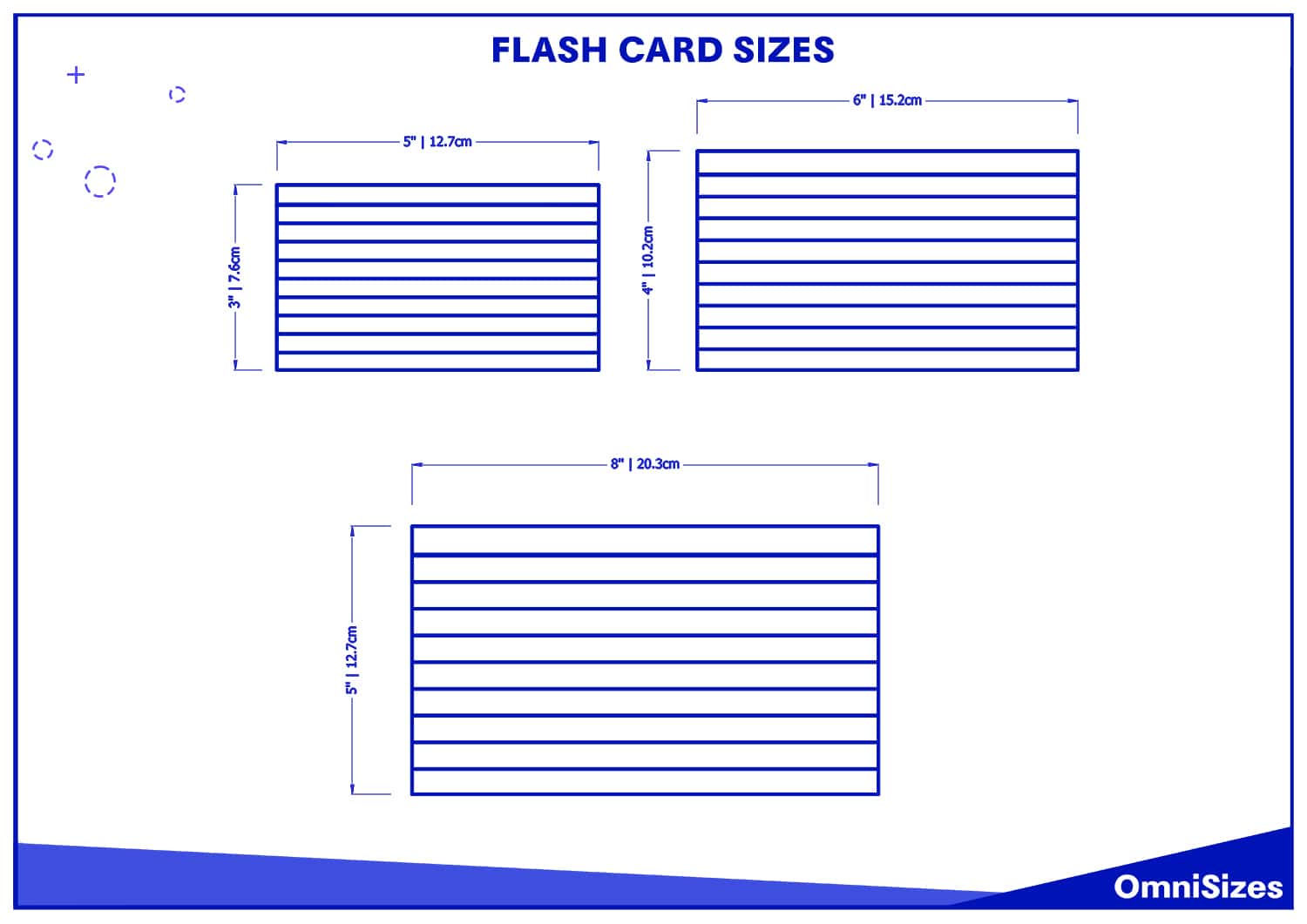
Flashcard sizes have long been standardized to facilitate ease of use, consistency, and portability. These standard dimensions cater to a broad audience, including students, teachers, professionals, and hobbyists.
In fact, these dimensions often mirror standard index card sizes, which are typically 3 x 5 inches, 4 x 6 inches, and 5 × 8 inches, thereby ensuring they meet a wide range of needs for students, educators, and professionals alike. These standard dimensions cater to a broad audience, including students, teachers, professionals, and hobbyists.
3 × 5 inches (7.6 cm × 12.7 cm)
The 3 × 5-inch size is perhaps the most recognized when it comes to flashcards. This compact dimension is perfect for jotting down concise information, making it an ideal choice for quick reviews, vocabulary building, and daily reminders. Its small footprint also means it’s easily portable, fitting comfortably into pockets and small storage cases.
4 × 6 inches (10.2 cm × 15.2 cm)
For those who need a bit more room to elaborate on topics or include diagrams, the 4 × 6-inch flashcard is the go-to option. This size provides ample space without becoming unwieldy, making it suitable for subjects that require detailed explanations or visual aids. It’s a favorite among educators for lecture notes and students for more in-depth study materials.
5 × 8 inches (12.7 cm × 20.3 cm)
The 5 × 8-inch variant caters to those looking for even more writing real estate. This size is particularly beneficial when dealing with complex subjects or when one desires to consolidate multiple related points on a single card. While it’s larger than its counterparts, it’s still manageable for storage and offers the advantage of reduced clutter by having comprehensive information in one place.
Digital Flashcard Dimensions
As the world transitions to digital platforms, flashcards have also evolved. Digital flashcards offer the same utility but in a more accessible and versatile format.
Importance of Screen Ratios
Digital flashcards don’t have fixed physical dimensions like traditional cards. Instead, they rely on screen ratios. These ratios dictate how a card will appear on different devices. A well-optimized screen ratio ensures that the flashcard looks consistent, whether viewed on a smartphone, tablet, or computer.
A common screen ratio for digital flashcards is 16:9, which aligns with many modern screens. This ratio ensures that cards fill the screen without unnecessary borders, making reading and interaction seamless. Another frequently used ratio is 4:3, which is more square and can be suitable for tablets and certain monitors.
Popular Apps and Their Preferred Dimensions
Different apps offer digital flashcards, and each may have its preferred dimensions based on user experience and design principles.
- Anki: Anki is a favorite among medical students and language learners. The app doesn’t strictly enforce a specific dimension but instead scales cards based on the device’s screen ratio. However, for optimal appearance, a 16:9 ratio is generally recommended.
- Quizlet: Quizlet, popular in academic circles, optimizes its flashcards for various devices. While users can’t customize the exact dimensions, the platform ensures cards maintain a consistent appearance across devices. The interface leans towards a 4:3 ratio, particularly when incorporating images.
- Cram: Cram offers both traditional and digital flashcard experiences. For its digital variant, Cram recommends a ratio close to 4:3, though its adaptive design ensures flashcards are displayed appropriately on various screens.
Flashcard Printing and Production
Transforming ideas into tangible flashcards requires an understanding of printing and production processes. Whether you’re a student creating cards for study or a business crafting them for presentations, the production phase is pivotal in determining the card’s final look and feel.
DIY Flashcard Creation
With the rise of DIY culture, coming up with your own set of flashcards might be right up your alley. Here’s a basic breakdown:
- Materials: Start by selecting your base, typically cardstock. It offers a good balance between durability and writability.
- Design: Use design software, even simple ones like Microsoft Word or Google Docs, to layout your flashcards. Incorporate text, images, or any other elements you want.
- Printing: Once the design is complete, it’s time to print. For best results, use a high-resolution printer. Inkjet printers can produce vibrant colors, while laser printers excel at sharp text.
- Cutting: After printing, cut the flashcards to your desired size. For precise cuts, use a paper trimmer.
Professional Flashcard Production Services
For those seeking higher quality or larger quantities, professional services are a smart choice. Here’s what to expect:
- Customization: Most services offer a wide range of customization options. From size to paper quality, you can select attributes that align with your needs.
- Design Services: Some providers offer design assistance, helping you create the perfect layout for your flashcards.
- Bulk Printing: Professional services excel at bulk orders. So, if you need hundreds of flashcards, they can handle it with ease.
Finishing Touches: Many services offer finishing options such as lamination, which adds an extra layer of protection to your flashcards.
Tips and Tricks for Effective Usage
Flashcards have been trusted tools for information retention. Their effectiveness, however, can be amplified with some savvy strategies.
- Languages and Vocabulary: Smaller sizes like 3 × 5 inches are perfect. One side can have the word, and the other its meaning or translation.
- Sciences and Math: Opt for larger cards like 4 × 6 inches or ensure there’s space for diagrams, formulas, or detailed explanations.
- History and Literature: A mix of sizes can be useful. Dates and events can go on smaller cards, while larger cards can detail significant events or literary summaries.
- Legibility: Use clear fonts and maintain a consistent font size. Bold or italicize key terms to make them stand out.
- Color Coding: Implement a color system. For instance, use blue for questions and green for answers. It not only makes the cards appealing but also segments information efficiently.
- Limit Information: Avoid cramming too much onto a single card. Stick to one concept per card to maintain focus and improve retention.

